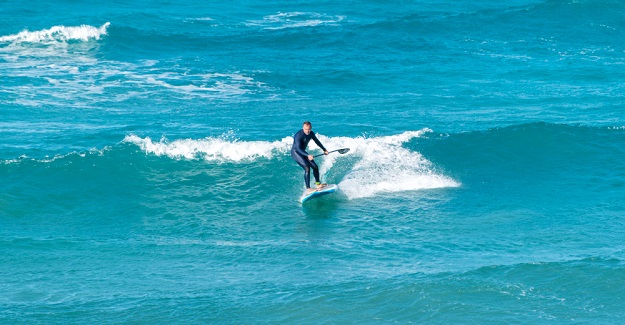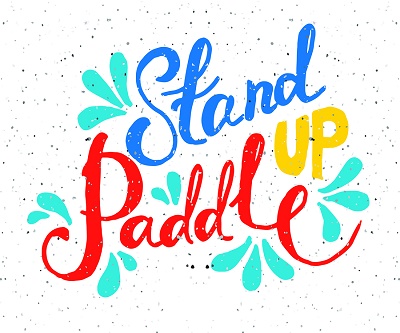 When you are learning how to surf on your SUP, remembering one major point is vitally important. Never forget that you are now a member of the overall surfing community. That means you need to understand the unwritten etiquette and rules that apply to all surfers, whether on surfboards or stand up paddleboards.
When you are learning how to surf on your SUP, remembering one major point is vitally important. Never forget that you are now a member of the overall surfing community. That means you need to understand the unwritten etiquette and rules that apply to all surfers, whether on surfboards or stand up paddleboards.
Stick to Your Level
Sit back and watch for a while. Look for an area of water where other surfers at your level of competency are working the waves. If you are just beginning, head to uncrowded breaks. These are not the best waves, but you can learn proper form and surfing techniques that allow you to improve your skill level.
Never “Drop In”
The surfer that is nearest to the peak (beginning) of a wave is considered to have the right-of-way. The peak of the wave is where the break begins. If there is someone closer to the peak than you, and they hit that wave, you should never drop in on that wave as well.
Get in the Lineup and Take Turns
To ensure that you never snake or drop in on waves out of turn, take your place in the surfing lineup. You never want to just paddle out and go after every wave. The surfing community will often times have a very formal lineup that is easy to read. Sometimes it will be more of a turn taking process. Watch the other surfers for a while before joining to guarantee you do not jump your spot in line.
Don’t Abuse Your Board Size
Your SUP is probably going to be longer and wider than most traditional surfboards you encounter. This does not mean that you should use that extra length to bully other surfers. This can lead to injuries, and possible banishment from the surfing community.
SUP Surfing Technique
Paddle out wide and get in line. When it’s your turn and a wave is coming, start paddling quickly, moving from a parallel to a vertical alignment with the wave. You will be paddling rapidly at first. Once you catch the wave, bend your knees and simply use your paddle to steer if you need to. Look in the direction you want to head, and assume a surfing stance, one foot in front of another.
Practice, Practice, Practice
SUPs allows you to surf with no prior experience. Because you are already in a standing position when you catch a wave, it is easier to surf successfully than a traditional surfer who must go from a a prone to standing position. However, you should still practice first. Where there is no one around, put in your time. This ensures that you will look like a seasoned surfer the first time you join a lineup.
